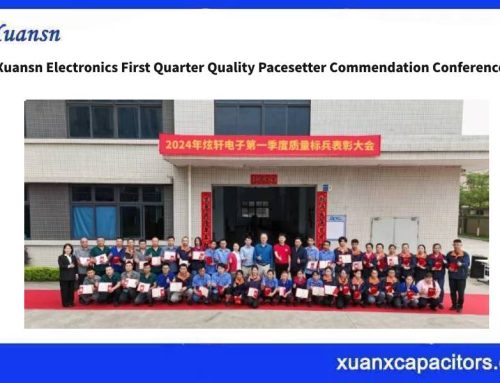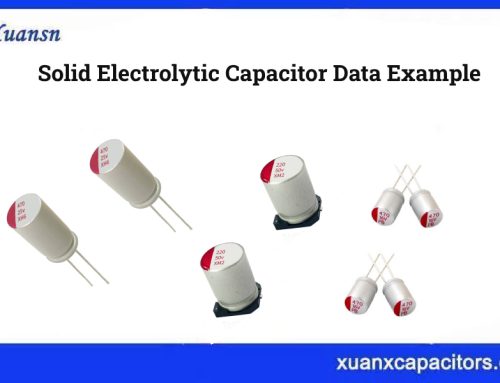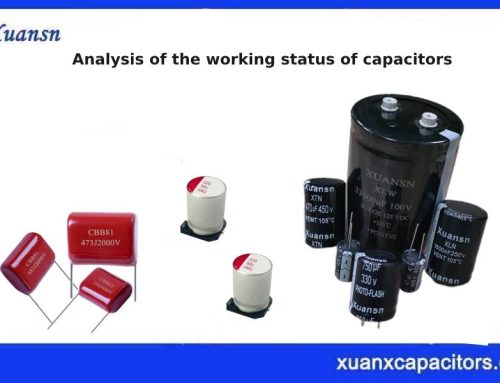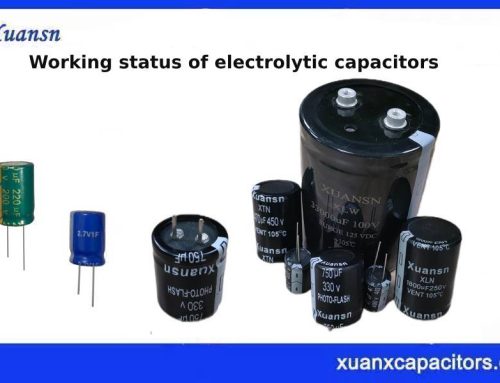1.1 Working characteristics of capacitors
A capacitor is an element that stores electrical energy (stores charge). Its structure is very simple, mainly composed of two conductors close to each other, with a layer of non-conductive insulating medium in between. The simplest capacitor can be formed by placing two metal plates relatively parallel without touching each other. Capacitors have the characteristics of blocking DC and communicating AC. Because the two non-contact parallel metal plates that make up the capacitor are insulated, direct current cannot pass through the capacitor, but alternating current can pass through the capacitor.
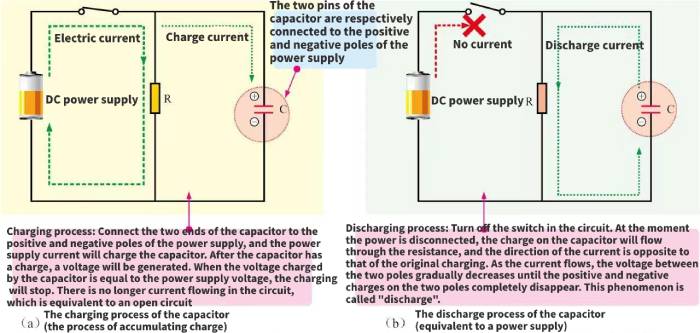
Figure 3-28 Schematic diagram of charging and discharging principles and basic working characteristics of capacitors
Two important characteristics of capacitors are shown in Figure 3-29.
① Prevent the passage of DC current and allow the passage of AC current;
②The impedance of the capacitor is related to the frequency of the transmitted signal. The higher the frequency of the signal, the smaller the impedance of the capacitor.
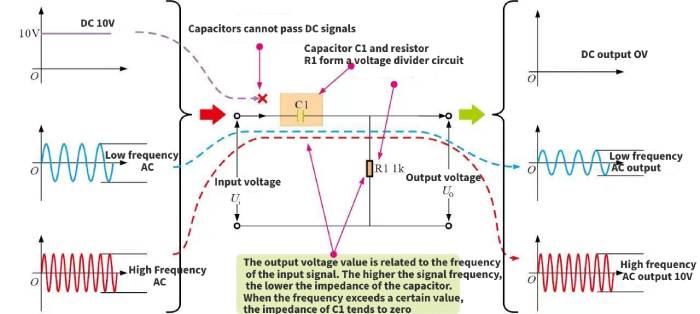
Figure 3-29 Schematic diagram of the frequency characteristics of a capacitor
1.2 Filter function of capacitor
The charging and discharging of the capacitor requires a process, and the voltage cannot change suddenly. According to this characteristic, capacitors can play the role of filtering or signal transmission in the circuit. The filter function of a capacitor refers to the ability to eliminate pulses and noise, which is the most basic and prominent function of a capacitor.
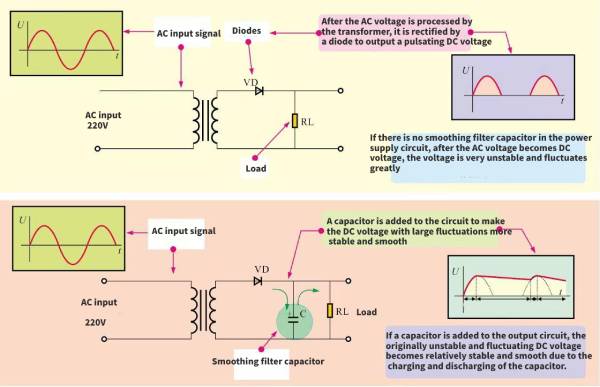
Figure 3-30 Filtering function of capacitors
1.3 Coupling function of capacitors
Capacitors have a small impedance to AC signals and are easy to pass through, but have a large impedance to DC signals and can be regarded as an open circuit. In amplifiers, non-polar capacitors are often used as coupling devices for AC signal input and output transmission, that is, to couple the AC signal of the previous circuit to the rear circuit. As shown in Figure 3-31.
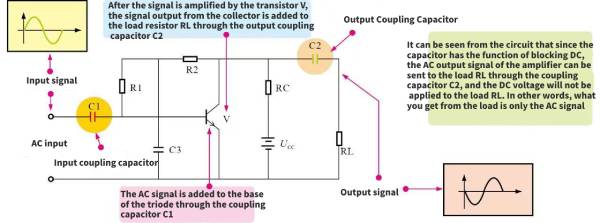
Figure 3-31 Coupling effect of capacitors
1.4 Functional applications of variable capacitors
As shown in Figure 3-32, due to the adjustable capacitance of the variable capacitor, it is mainly used in circuits that need to adjust the capacitance, such as radio tuning circuits, frequency selection circuits, etc.
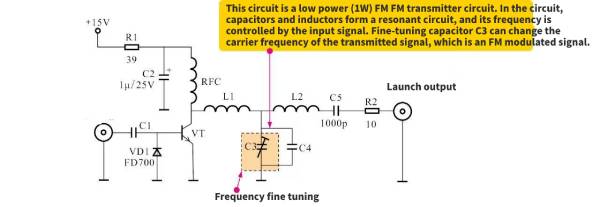
Figure 3-32 Functions and applications of variable capacitors

